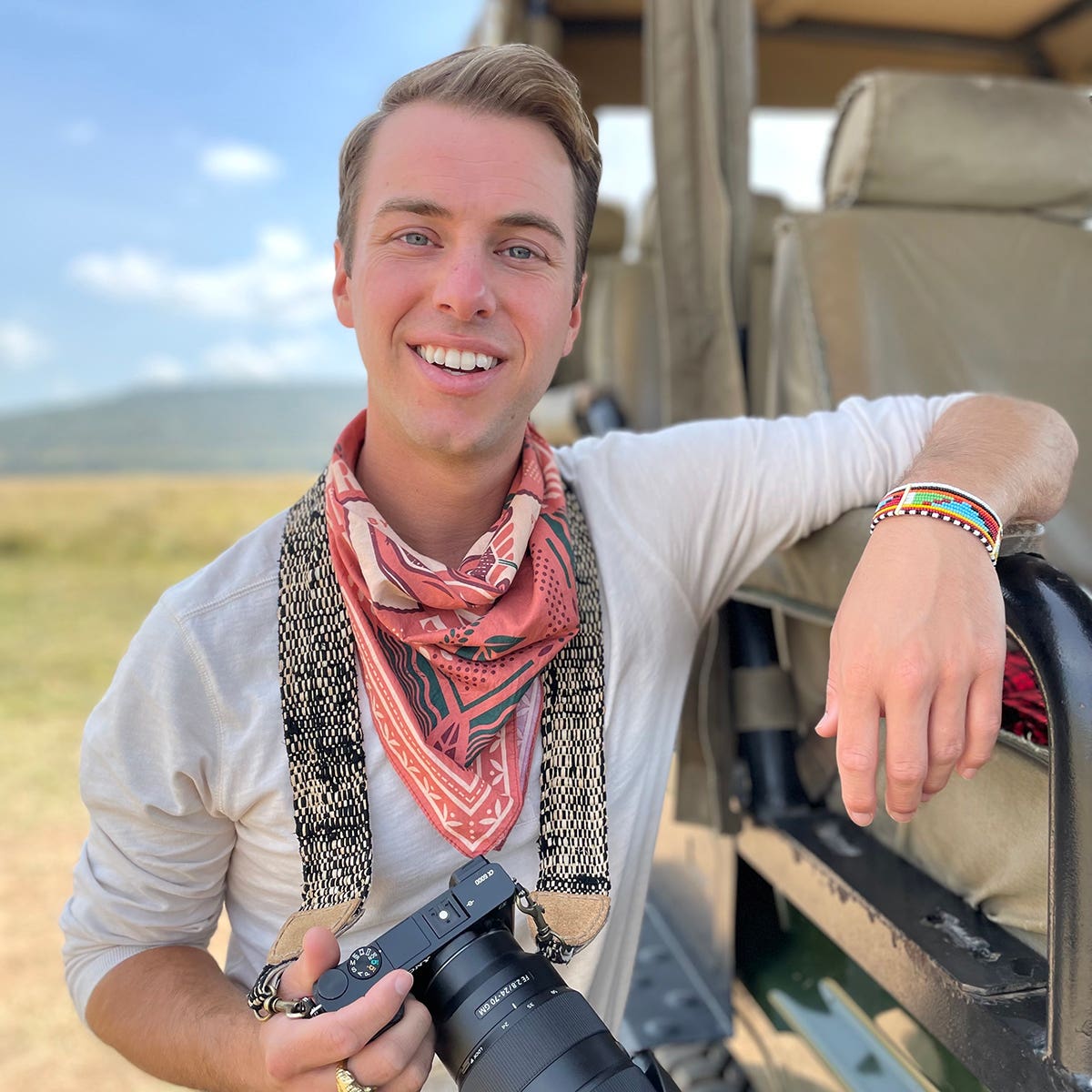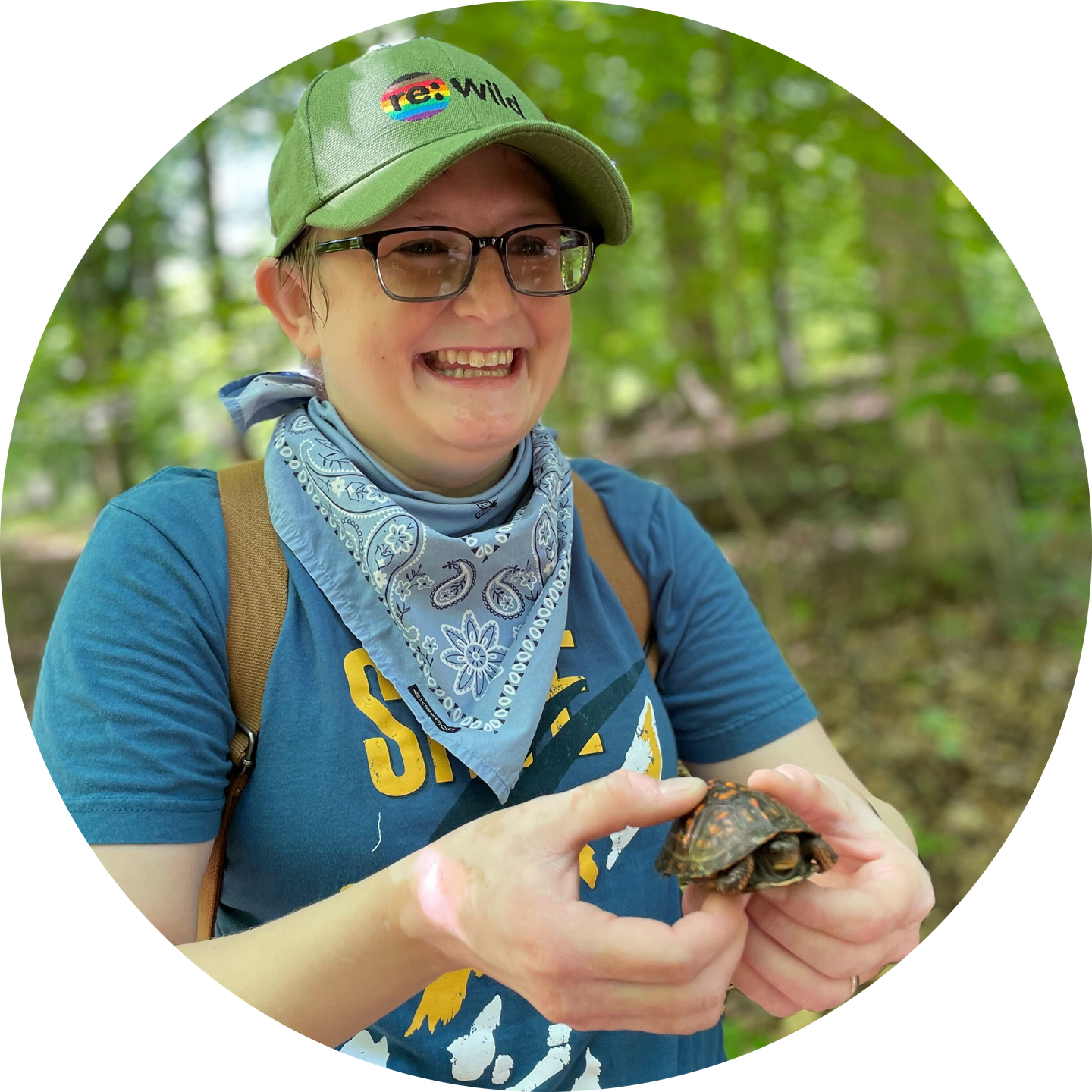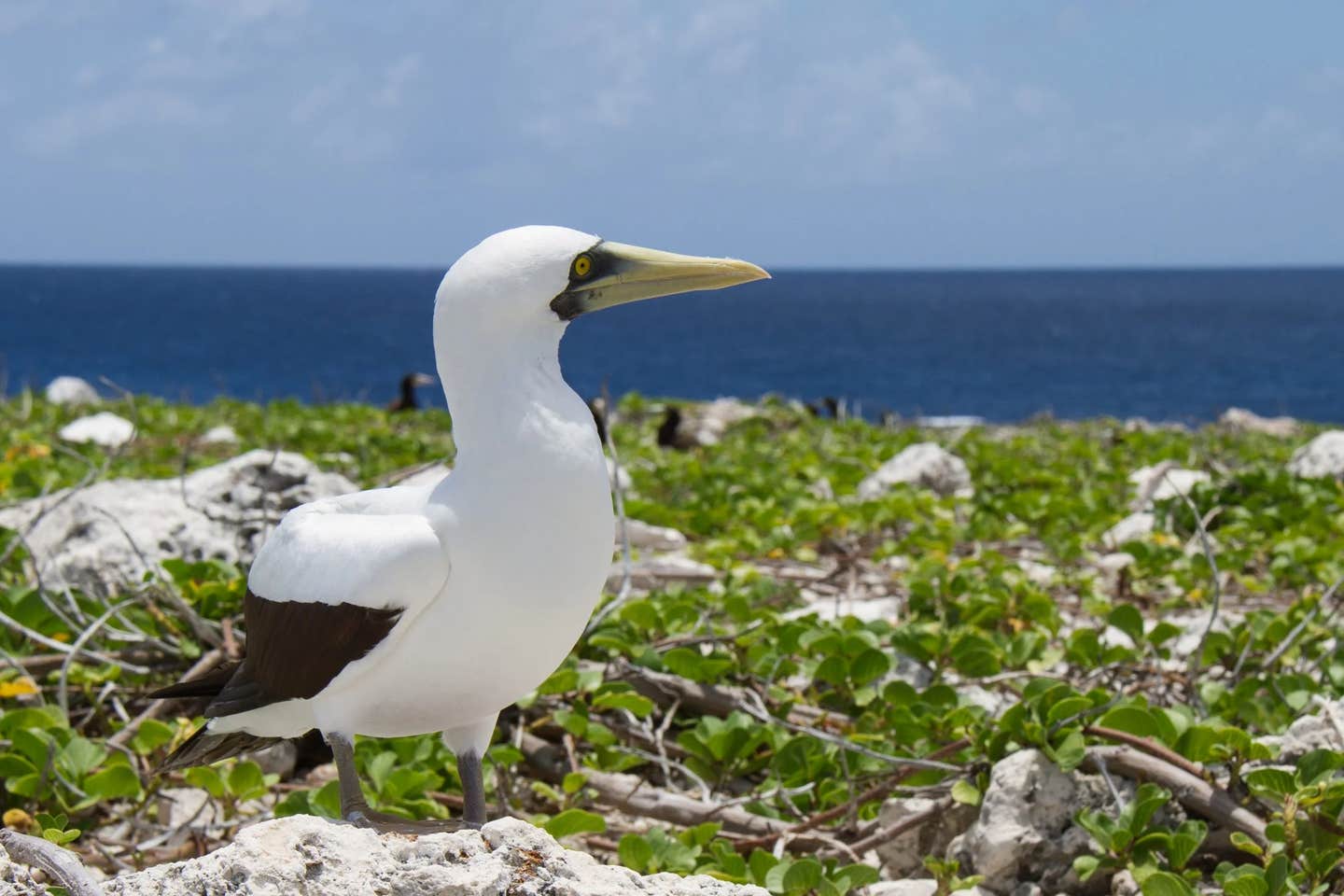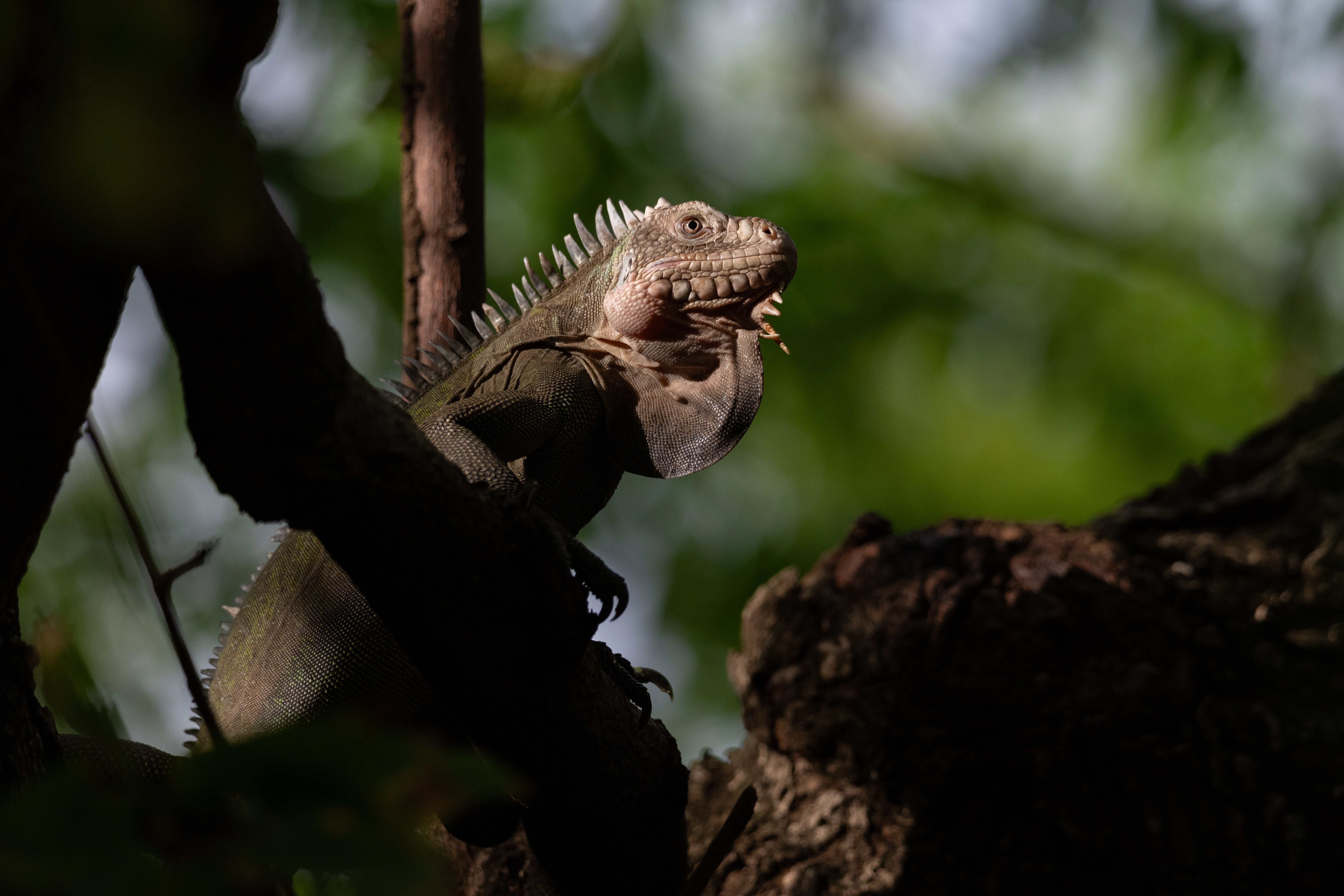
A remote Caribbean island that is home to a bee, a spider and a lizard found nowhere else on Earth is being brought back from the brink of ecological collapse thanks to a ground-breaking conservation project spearheaded by Anguillan conservationists and a new Caribbean alliance of leading wildlife conservation organizations.
Tiny and remote Sombrero Island, 34 miles north-west of Anguilla and with an area of just 94 acres, Tiny and remote Sombrero Island, 34 miles north-west of Anguilla and with an area of just 94 acres, is a unique island ecosystem that harbors endemic species including the Sombrero ground lizard, the Sombrero Island bee, and the Sombrero Island wind scorpion, a fearsome-looking – but harmless – spider-like invertebrate.
All are threatened by climate change, which has increased the frequency and intensity of hurricanes in the region. These are species that have evolved to cope with the storm surges and damage that hurricanes bring, but their populations are already in a very precarious state because of the presence of mice on the island; an invasive species that prey on the native reptiles and insects, as well as the seeds and roots of plants.
With populations so low, the risk that the next big storm could wipe out entire native species is high.
Now, an alliance of conservationists has embarked on a mission to protect them. An effort to remove the invasive mice began in 2021 and, so far, researchers have found no evidence of their continued presence, raising hopes the island can be declared ‘mouse-free’ in 2022. Removing the mice will allow the native wildlife to thrive – and give them the best possible chance of surviving the onslaught of climate change-driven storms.
With support from FFI and Re:wild, conservation group Anguilla National Trust (ANT) is bringing back natural vegetation to Sombrero; a process they hope will restore a bare, moon-like landscape to a greener, healthier ecosystem, protecting the island’s soils and its wildlife from storm surges, making it more resilient to the effects of climate change.
“Sombrero is one of the unseen victims of climate change,” said Jenny Daltry, Caribbean alliance director at Re:wild and FFI. “It is effectively a race against time to get more plants established before the next hurricane strikes. The Caribbean has contributed little to the global causes of climate change but it is already suffering from its effects. Extreme weather events are becoming increasingly severe, with the past five years seeing some of the worst hurricanes ever recorded.”
Some of the native wildlife – their numbers already reduced by the presence of mice – have suffered major population shocks as a result of hurricanes. In 1995 and 2018, hurricanes reduced the population of the critically endangered Sombrero ground lizard to fewer than 100 individuals. Those numbers have now increased eightfold, but facing the threat of more frequent storms, the species remains at risk of extinction.
ANT’s most recent expedition to the island, at the end of April, confirmed that much of the vegetation planted last year – including sea bean, spider lilies and prickly pear pads – is now growing healthily.
The Sombrero Island Restoration Project was made possible through financial support from the Prince of Wales’s Charitable Trust, Betty Liebert Trust, Darwin Plus John Ellerman Foundation, US Fish & Wildlife Service’s Neotropical Migratory Birds Conservation and FFI’s Species Fund.
island biodiversity, to promote and support ecosystem restoration throughout the region. Previous projects have swiftly led to impressive improvements in vegetation cover and the recovery of numerous native species.
It’s a little-known fact that the Caribbean is one of the world’s greatest centers of biodiversity, with over 10,000 species that occur nowhere else. In fact, the Caribbean ranks in the top three of the world’s 36 Biodiversity Hotspots in its astonishing wealth of unique, endemic species. But the region has also suffered among the highest extinction rates in modern history. Caribbean islands represent only 0.16% of the Earth’s land area but have accounted for 10% of the world’s bird extinctions, 38% of mammal extinctions and over 65% of reptile extinctions since the year 1600. Recent research has estimated that one in five of the world’s reptiles is at risk of extinction.ANT will visit Sombrero regularly to continue the reforestation program and monitor the recovery of its invertebrates, reptiles and birds. Now fully protected as a Ramsar Site and Marine Park, there is real hope that this curious community of unique wildlife will bounce back and be able to withstand a world with increasingly violent weather.
“The vegetation restoration is about establishing a more secure future,” said Anguillan conservationist Devon Carter, a research assistant with ANT. “The more diversity you have in terms of the vegetation, the more resilient it will be to a changing climate. Already, the island is looking greener and healthier. In the future we hope to see a whole different landscape and much more wildlife.”
Lindsay is the Director of Media Relations for Re:wild and has a particular interest in leveraging communications to inspire conservation action. Lindsay is passionate about species-based conservation and finding compelling ways to tell stories that demonstrate the value of all of the planet’s critters, big and microscopic.




